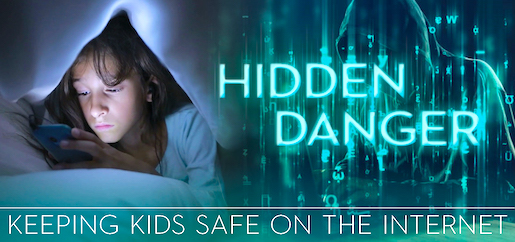As the interest of people is increased in the fitness profession of a personal trainer is becoming popular. If you are into fitness, health, and weight loss, then this is the right profession for you.
Learn about the steps and benefits of being a personal trainer to know about it a bit more in this article.

Steps to Become a Personal Trainer
Follow these steps to become a personal trainer:
- Get Your School Degree
This first step towards your dream of becoming a personal trainer is to get a school degree. Most of the national certification institutes require a high school degree.
Although many other certification and training courses are recommended but still school degree is the minimum education requirement.
- Get AED/CPR Certification
While being a personal trainer during fitness sessions, you may encounter emergencies. Therefore before getting a weight loss trainer degree, get a certificate in CPR and AED.
It will help you to know when your client needs emergency treatment. Besides, you will be able to act quickly and swiftly in emergencies.
- Select a Good Fitness Specialty
Keep in mind that before getting professional training, try to select your career path. Select the way that will match your skills, interest, and professional goals.
After this, now try to find a suitable fitness certification body and select the program of your liking.
- Prepare for Certification
After selecting your fitness certificate from any renowned and respected personal trainer institute, now prepare for the exam.
All of the facilities, like exam preparation courses, multiple session training classes, undergraduate degrees, and even a graduate degree in kinesiology is available in the training options.
- Pass Certification Exam
Register for the selected certification examination. Apply by applying and pay the registration fee. Usually, these tests are computer-based tests consisting of 120 to 150 minutes.
It is a crucial step to clear if you want to join a gym as a professional trainer.
- Apply For Jobs
Only taking a certificate is not enough. You should have practical experience and knowledge as well. Build a portfolio to get selected in the right place.
You can get experience by joining a local gym as a fitness trainer. Besides, you can also choose to work as an independent professional. Whatever you decide to build a portfolio to get a good job.

Pros and Cons of Personal Training
The profession of a personal trainer is excellent and satisfying. But let have an in-depth look at it by understanding its pros and cons.
Pros
Its main benefits/pros are:
- There is a lot of flexibility in this profession. You can set your schedule the way you want.
- It comes with numerous options. You can be a fitness instructor, health writer, or even get into the education profession.
- You will have a chance to interact one on one with your clients. And it will help you to use your knowledge and creativity in training and weight loss.
Cons
Cons of being a personal trainer are:
- There is uncertainty in its income.
- You have to market your services, which is quite tricky for many people. Consequently, they did not succeed in their business.
- It requires a lot of energy, both physical and mental.
Final Words
A personal trainer is a right profession. Get your school degree, choose a certificate of your liking, and pass an exam to be a fitness trainer. And finally, join a gym to get experience. Therefore, you can sell your expertise in the market.

